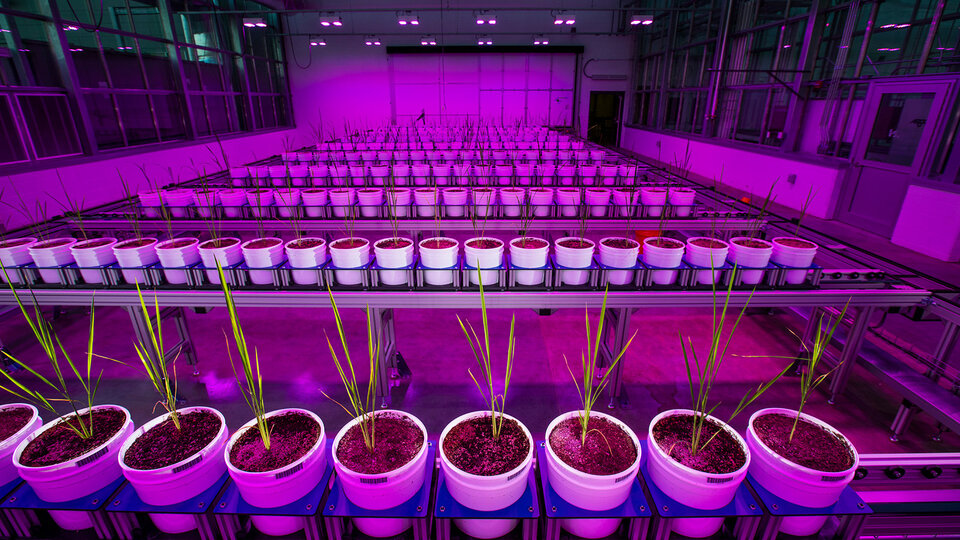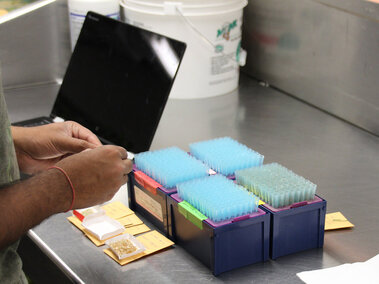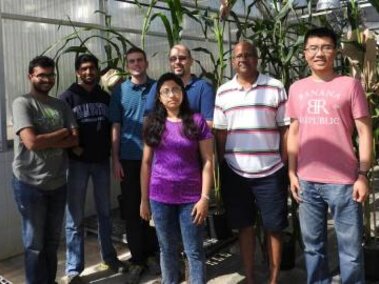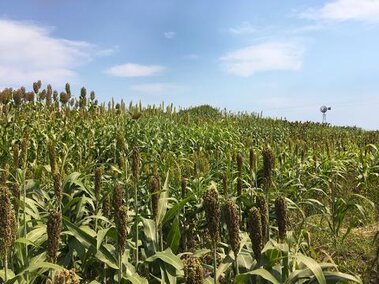Collaboration
Faculty work in an interdisciplinary integrated teams (e.g., computational, statistics, biology, breeding, physiology, engineering expertise or any combination thereof) that emphasize the use of the LemnaTec and/or Spidercam® systems; contribute to improving existing, and developing new innovative and robust tools and algorithms for image and phenotypic data acquisition and analysis; and/or studies focusing on translating and scaling research from greenhouse to field or vice versa.
Our Teams
Recent Publications
Gaillard M, Miao C, Schnable JC, Benes B (2020). Voxel carving based 3D reconstruction of sorghum identifies genetic determinants of radiation interception efficiency. Plant Direct doi: 10.1002/pld3.255
Wang R, Qiu Y, Zhou Y, Liang Z, Schnable JC (2020). A high-throughput phenotyping pipeline for image processing and functional growth curve analysis. Plant Phenomics doi: 10.34133/2020/7481687
Miao C, Xu Y, Liu S, Schnable PS, Schnable JC (2020). Increased power and accuracy of causal locus identification in time-series genome-wide association in sorghum. Plant Physiology doi: 10.1104/pp.20.00277
Adams J, Qiu Y, Xu Y, Schnable JC (2020). Plant segmentation by supervised machine learning methods. The Plant Phenome Journal doi: 10.1002/ppj2.20001




